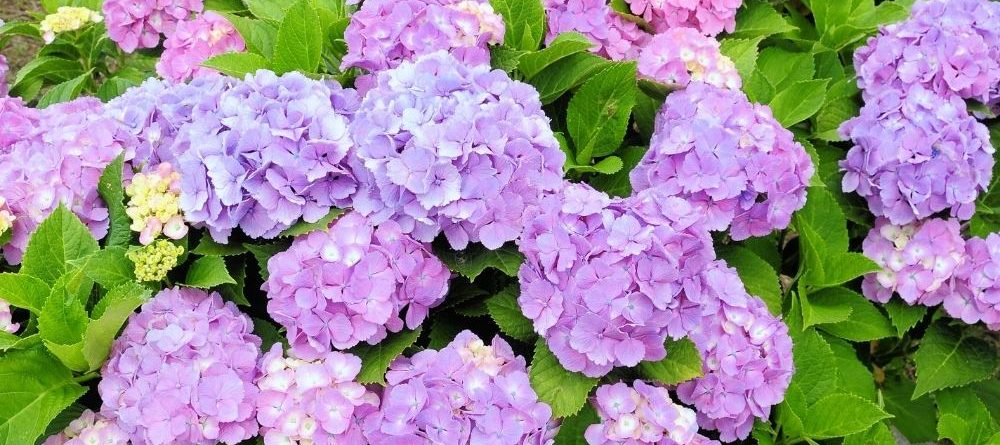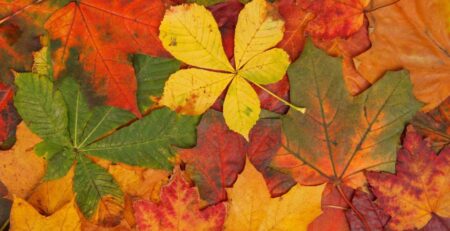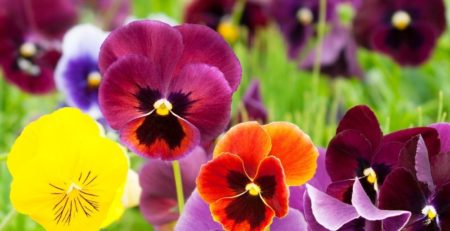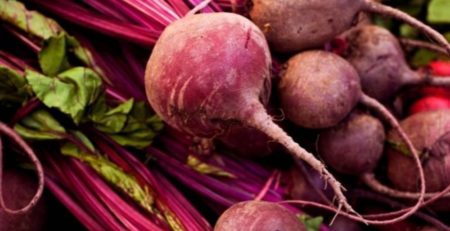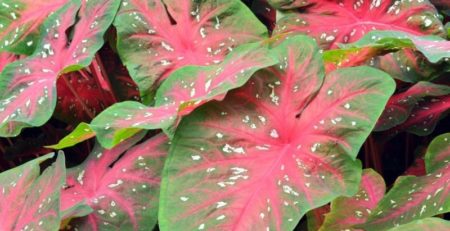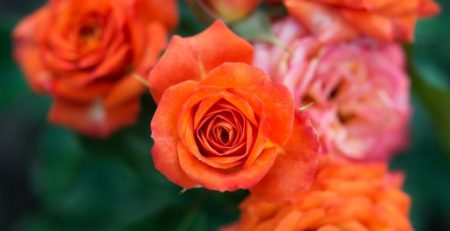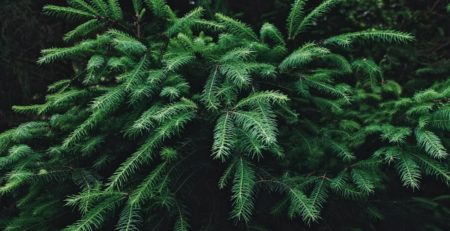July Garden Tasks
It’s hot, and your plants know it! They are shutting down to protect their roots.
Planting
- Continue to plant warm season turf grasses (Bermuda, St. Augustine, and Zoysia).
- Continue to plant ground covers, tropical, and warm season annuals.
- Plant sweet and hot peppers, okra, and tomatoes (first half of month) for fall harvest.
Pruning
- Prune out any dead or broken branches of woody ornamentals (trees and shrubs), but avoid major pruning during the heat of summer.
- Cut back spent flowers of annuals and perennials to encourage new blooms.
Plant Care
- Pay attention to the water needs of lawns, ornamental plants, and vegetables in the typically hot dry days of mid-summer, being attentive particularly to new plants with undeveloped root systems and to outdoor potted plants, which can dry out quickly. Water in the early morning hours (3:00 AM to 8:00 AM) to minimize fungal problems and evaporation.
- Continue to check crape myrtles for aphids.
- Continue to check ornamentals, flowers, and vegetables for spider mites.
- Inspect broadleaf evergreen shrubs such as euonymus and hollies for scale insects, and treat as necessary.
- Watch for lace bugs on azaleas, pyracantha, cotoneaster, and lantana.
- Fertilize chrysanthemums if needed.
- Mow turf grasses every 5 to 7 days, maintain Bermuda at 1 to 1 ½ inches and St. Augustine at 2 ½ inches full sun and 3 to 3 ½ inches semi-shade.
- Continue to check for chinch bugs and gray leaf spot fungus in St. Augustine lawns.
- Check lawn for grub worms by digging in several places. Grub treatments, if needed, are recommended if you find more than four grubs per square foot.
- Fertilize hanging baskets and other container plants regularly if needed.
- Harvest vegetables as they ripen.
- To reduce mosquito pests, check house gutters and any containers for standing water. For mosquito larva control, use Bti (Bacillus thuringiensis, israelensis) as a larvicide.

